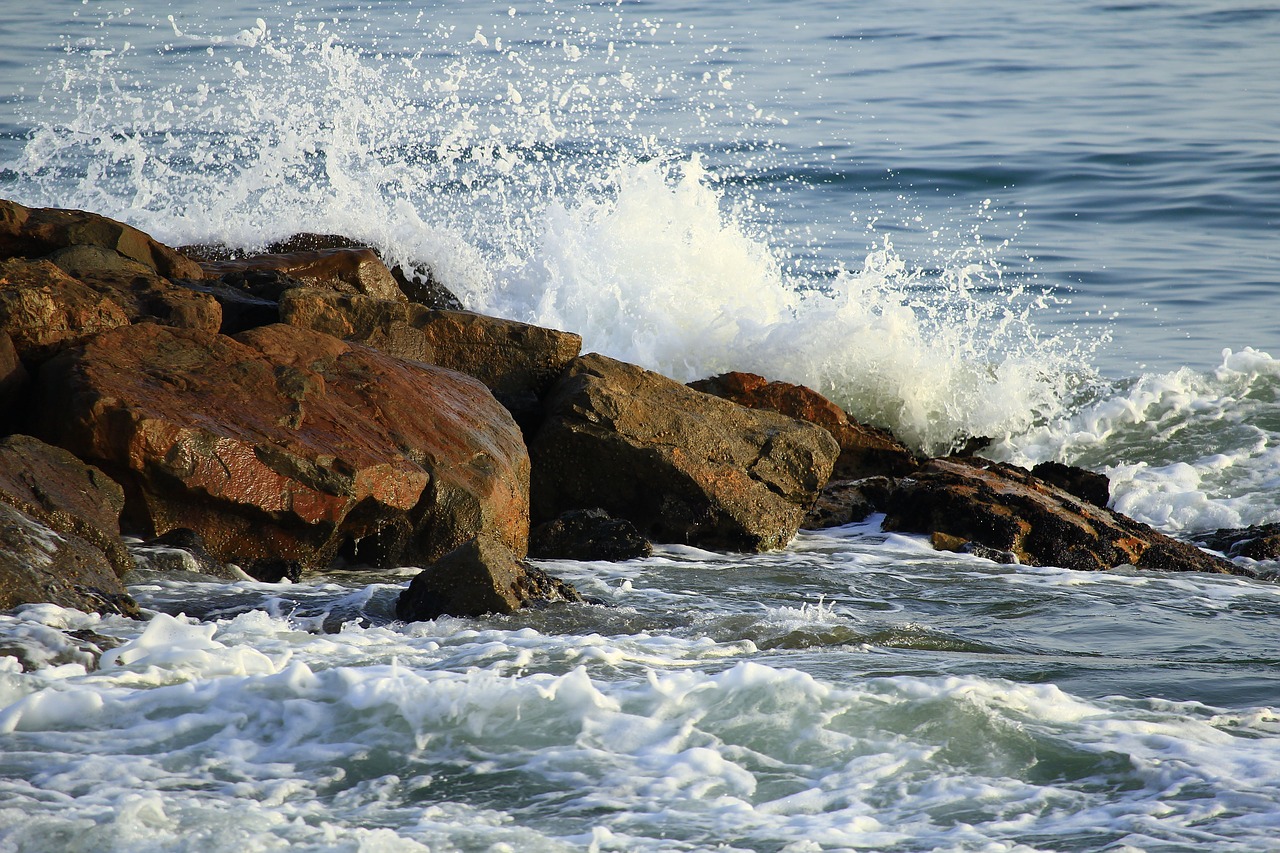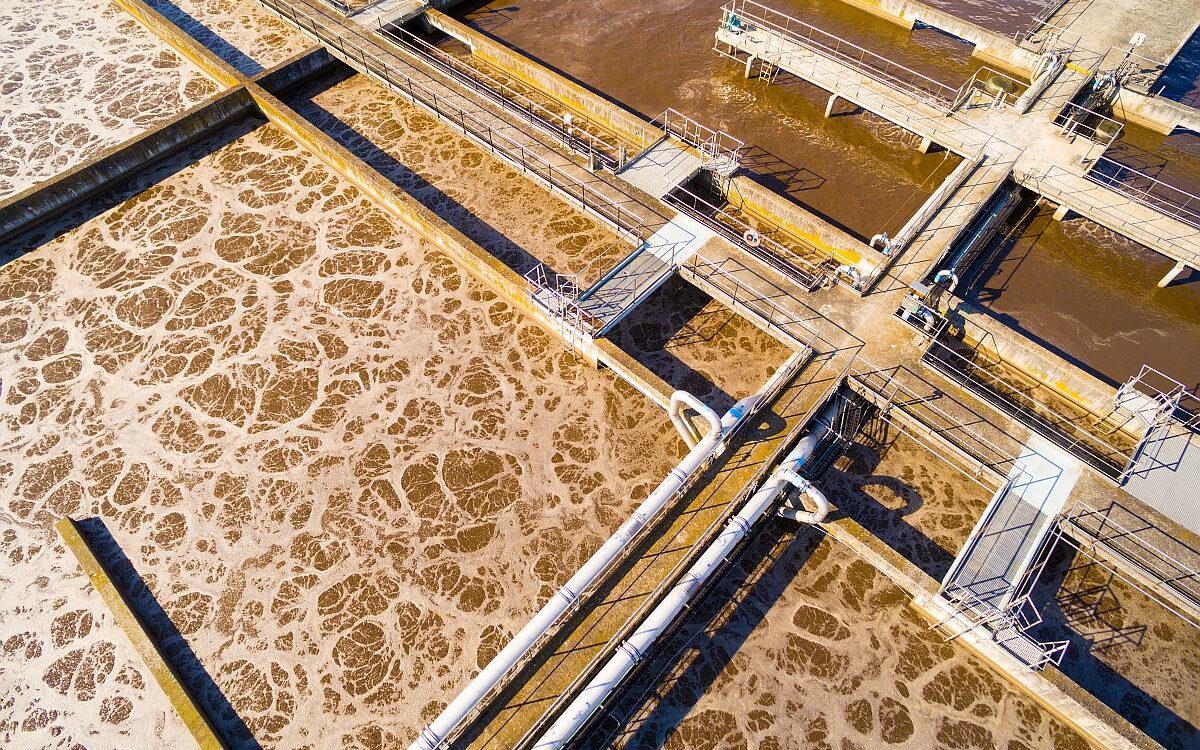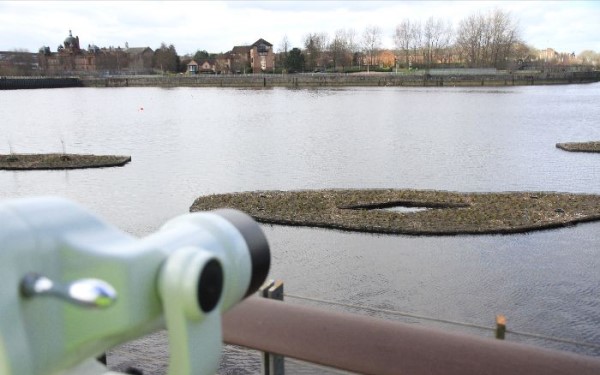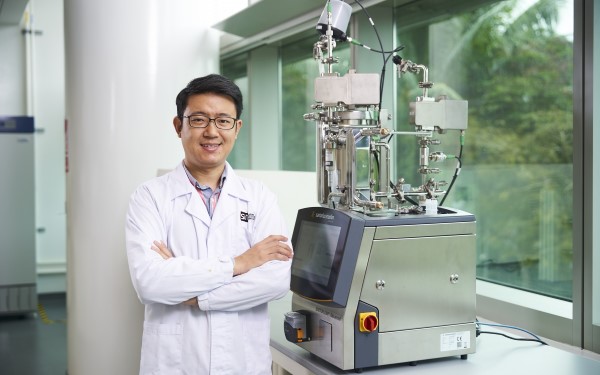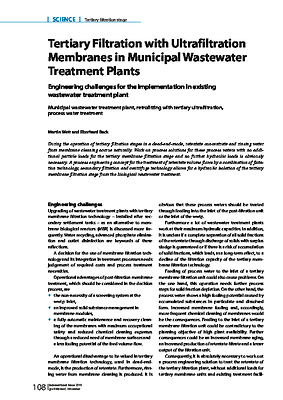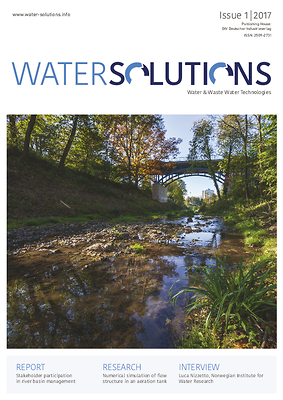The Stanford group’s battery is not the first technology to succeed in capturing energy from the salinity difference of freshwater and seawater, but it is the first technology to use electrochemistry instead of pressure or membranes. The inventors, Graig Criddle, professor of civil and environmental engineering, and his team and partners, believe that their technology offers a more simple, robust and cost-effective solution.
If freshwater is fed into the battery, the electrodes release sodium and chloride ions into the solution, making the current flow from one electrode to the other. Then, a rapid exchange of freshwater to seawater leads the electrode to re-incorporate sodium and chloride ions and reverse the current flow. Energy is recovered during both the freshwater and the seawater flushes, with no upfront energy investment and no need for charging.
The electrodes of the battery are made from Prussian Blue (ferric(III) hexacyanoferrate(II)), a material widely used as pigment and medicine, and polypyrrole. Coating with polyvinylalcohol and sulfosuccinic acid protects them from corrosion.
First application at coastal wastewater treatment plants
Coastal waste water treatment plants release their effluents into the sea. If these effluents have low salt content, they are capable to be fed as "freshwater" into the battery cycle. The energy supplied by the battery may be used in the wastewater treatment process. The Stanford research group tested the prototype of the battery with alternating hourly exchanges of wastewater effluent from the PaloAlto Regional Water Quality Control plant and seawater collected nearby from the Half Moon Bay. In the laboratory tests the applied materials turned out to be robust: the battery maintained 97% effectiveness after more than 180 cycles.
The original paper about the "Stanford battery" is available here .
Pressure Retarded Osmosis: not yet economic
For about ten years, the Norwegian energy company Statkraft worked on the development of "Osmotic Power". They built a 2-4 kW demonstration plant at Tofte on the Oslo Fjord.
The prototype operated on the PRO (pressure retarded osmosis) process, which involves pumping seawater at 60% to 85% of the osmotic pressure against one side of semipermeable membranes whose other side is exposed to freshwater. When freshwater, compelled by osmosis, flows across the membranes, it dilutes the saltwater and increases its volume – and consequently, the pressure within the saltwater chamber. A turbine is spun as the pressure is compensated, driving a connected generator.
Statkraft stopped their activities in this field in 2014, because they did not succeed in making the technology efficient enough to achieve energy production costs on par with competing technologies.
